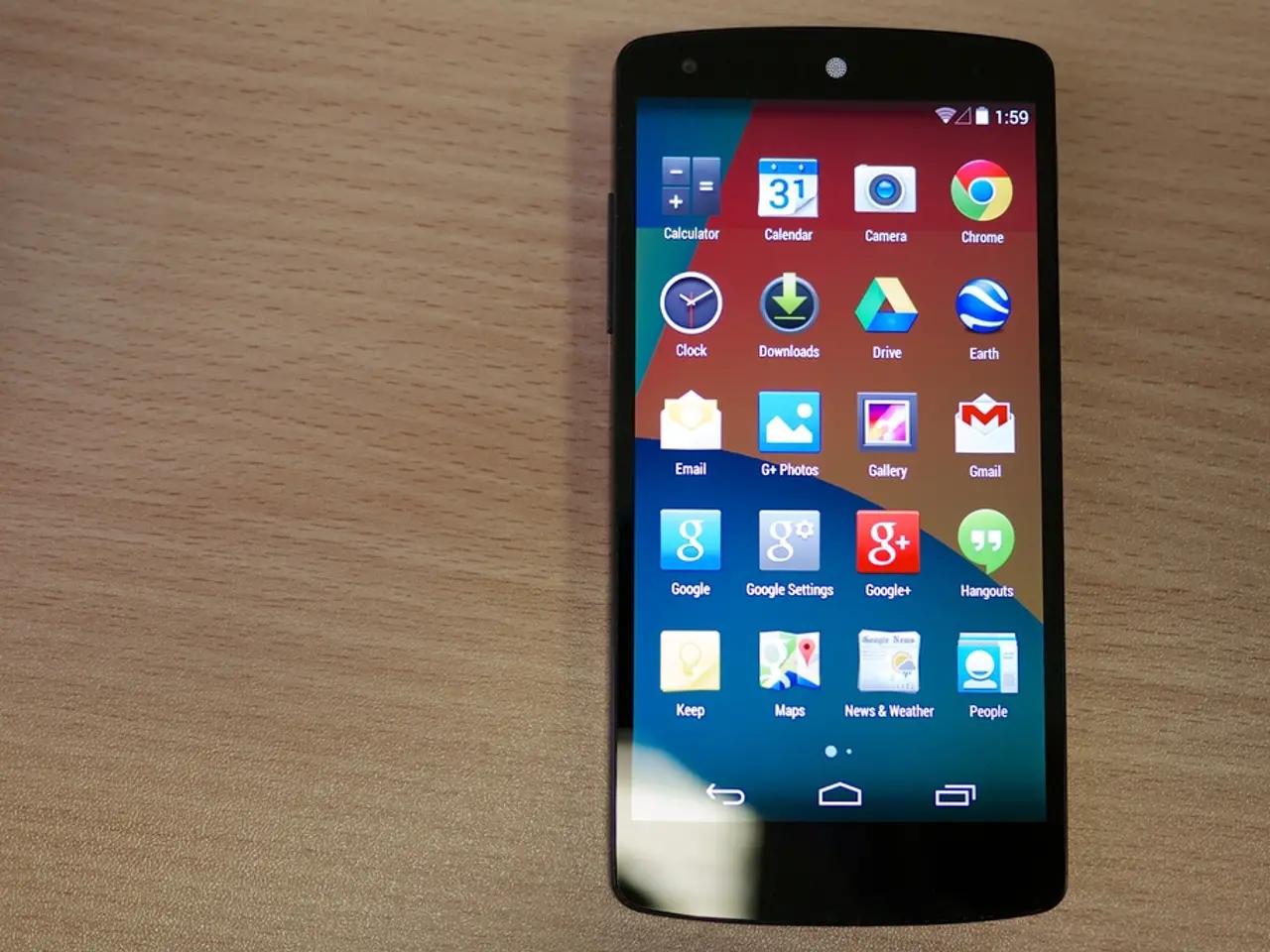App Assessment: Glide No-Code App Creator (Year 2025)
In the realm of no-code app development, two platforms have emerged as popular choices: Glide and AppMySite. While both democratise app creation, they cater to different needs and types of applications.
Glide, a no-code development platform, excels in building apps from spreadsheets like Google Sheets, Excel, and its own Glide Tables. It's an ideal choice for users seeking fast, lightweight apps, particularly internal tools or simple apps focused on data manipulation and display. The platform's intuitive, user-friendly drag-and-drop interface emphasises simplicity and speed of development.
On the other hand, AppMySite specialises in converting existing websites, especially WordPress and WooCommerce sites, into fully native mobile apps. This makes it a powerful alternative for businesses aiming to quickly launch mobile apps for their web properties, particularly in eCommerce. AppMySite offers a no-code drag-and-drop interface for building mobile apps, allowing design from scratch or connection and conversion of existing websites into full-fledged mobile apps.
The primary difference between the two platforms lies in their target use cases and the types of apps they support. Glide is best for spreadsheet-based mobile apps, while AppMySite is designed for native iOS and Android apps derived from existing websites.
Platform support varies as well. Glide offers Android, iOS, and Progressive Web App (PWA) support, while AppMySite focuses on native iOS and Android apps, with deep integration for WooCommerce and WordPress.
Customisation options are more limited on Glide, as it's primarily designed for straightforward apps. AppMySite, while still limited compared to custom code, offers more options for design personalisation and native app features, focusing on website-to-app conversion.
Both platforms offer free tiers, with paid plans starting at around $25+/month for Glide and varying pricing for AppMySite, often based on app complexity and support.
Glide's popularity is growing among non-technical teams, business owners, and startups due to its ease of use and built-in database system, which improves app speed and performance. It also offers user access controls with role-based permissions for internal apps, a drag-and-drop app designer for easy visual app building, and prebuilt app templates.
AppMySite, with its ability to publish native Android and iOS apps, is a compelling choice for those requiring app store presence, native performance, or a mobile-first experience. It also offers features like push notifications, offline access, and real-time preview in a no-code environment.
However, complex workflows can become tricky on Glide, and there's a ceiling to what can be built before things become unmanageable or require external scripting. Despite this, both platforms continue to be popular choices in the no-code app development space, offering a viable alternative to traditional coding for users seeking to digitise their operations or build internal apps.
A finance-focused individual could utilize Glide, a no-code app builder, to create fast, lightweight mobile apps for data manipulation and display from popular spreadsheet platforms like Google Sheets. On the flip side, lifestyle-oriented businesses aiming to boost their eCommerce presence could benefit from AppMySite, a no-code platform that transforms existing WordPress and WooCommerce sites into native mobile apps, offering a mobile-first experience and app store presence.




